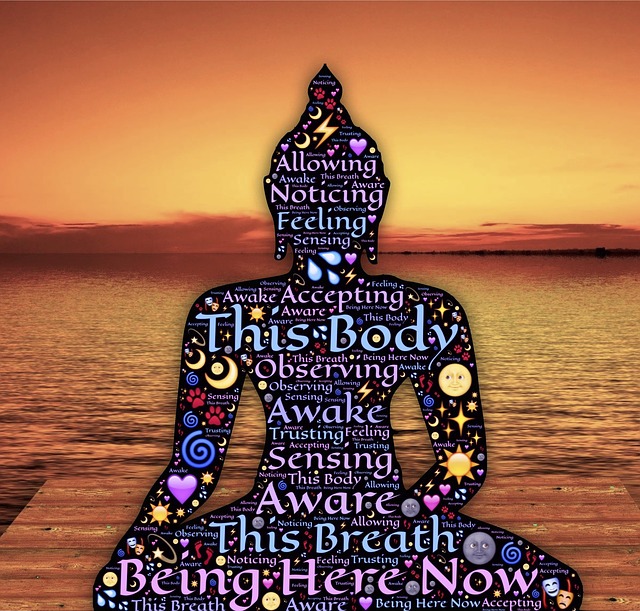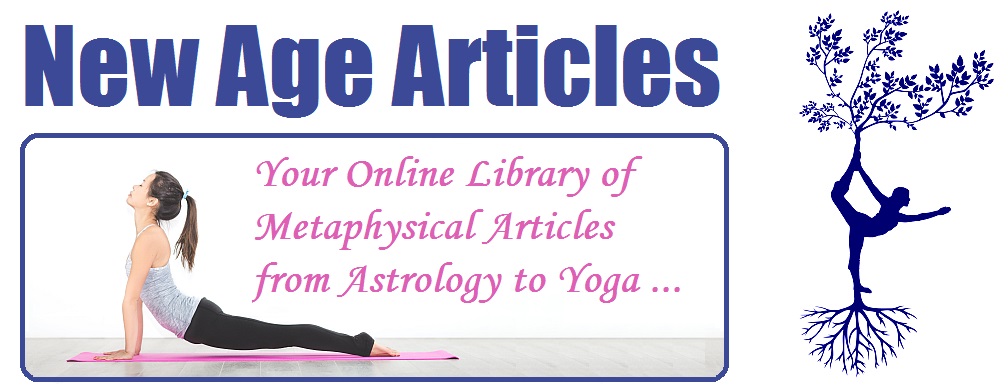Yoga For Asthma by Kevin Pederson

What is Asthma?
Asthma is an ancient Greek word that means “panting, gasping or short-drawn breath.” It is one of the most discomforting of respiratory ailments, known to affect around 5% of the world’s adult population and 10% of children. Asthmatics suffer from periodic attacks of breathlessness interspersed with bouts of complete normalcy.
When normal people inhale, their air sacs fill up with air like small balloons. In exhalation they deflate expelling air. Airways are clear and open in healthy people. In asthmatics, the reverse takes place because their airways and air sacs have lost their shape and have become floppy. Their bronchi and alveoli collapse, rather than expand when air flows through them. As a result, they can inhale and exhale less.
Symptoms of Asthma
1. Dry cough
2. Difficulty in breathing
3. Shortness of breath
4. Feeling of lightness in the chest
5. Wheezing (hissing or whistling sounds during exhalation.)
6. Sometimes an attack is preceded by a running nose, irritated eyes, or an itchy throat.
Two peculiarities of asthmatics:
1. Almost all patients suffer more attacks at night, in their sleep.
2. Asthmatics have more trouble exhaling than inhaling.
Causes for Asthma
Factors that precipitate an asthma attack are called triggers. They cause the air passages to get clogged and constricted, making it difficult for the patient to breathe. The inflamed bronchioles generate more mucus and also cause the muscles around them to tighten and get irritated, constricting the airways. This is called a bronchospasm.
However, asthma has a variety of causes.
1. Allergy: For most it is an allergy to foods, perfumes, scents, body sprays, deodorizers, the weather, drugs or any other irritants. They vary from person to person. However, dust allergies seem to be the most common factor.
2. Combination of Factors: For others, it is triggered off by a combination of allergic and non-allergic factors including stress and tension, air pollution or infections.
3. Abnormal Body Chemistry: Asthma may result from the abnormal body chemistry involving the body’s enzymes or a defect in muscular action within the lungs.
4. Heredity: In 75 to 100 per cent cases it has been found that when one or both parents suffer from asthma, the children have similar allergic reactions.
Yoga Therapy for Asthma
Tests carried out at Yoga Therapy Centers, across the world, have shown remarkable results in curing asthma. In some cases it has also been found that attacks can actually be averted, without the aid of drugs, just through yogic practices. There is ample research evidence to substantiate the fact that Yoga Therapy makes the treatment so much more successful. Nowadays, even allopathic and homeopathic doctors have arrived at the consensus that Yoga is an excellent alternative therapy for Asthma.
Since Yoga believes that the mind is central to a diseased condition, pacifying and placating it would, in itself, help cure the disease to a great extent. The practice of yogasanas, yogic kriyas, pranayamas, relaxation and meditation calm down the whole system. This, in turn, facilitates proper assimilation of food and strengthens the lungs, digestive and circulatory system. Over a period of time, that checks attacks and even cures the condition.
This is because Yogic practices result in more anxiety reduction than drugs do. Yoga gives patients access to their own internal experience and helps them pin-point the cause of their ailment, i.e find their own triggers. This comes through increased self-awareness. Simple Yogic practices help regulate breathing patterns, as well as enhance lung functioning. Result: Most patients are able to manage their condition by simply allaying their fears and anxieties.
Yoga also has a stabilizing effect on the body’s immune system. It is now proven that the regular and consistent practice of yoga raises the body’s tolerance to infection as well as its local resistance to infections in the respiratory tract. Yogic rest and relaxation reduce the nervous system’s overall activity, leading to remarkable recovery. Only Yoga offers resources like Abhyasa (regular, constant practice) and Vairagya (detachment) as means of holistic healing.
For best results, do all the practices prescribed in our sections on Yoga Asanas, Cleansing Techniques and Pranayama. Lay more emphasis on cleansing techniques like Jala Neti and Sutra Neti, Vaman Dhauti and pranayamas like Kapalbhati, Anuloma-Viloma, Ujjayi, Surbyabhedana and Bhramari. All yogaasanas prescribed are highly beneficial without exceptions or emphasis on any. However, Shavasana, should be practiced for as long as possible and whenever possible, lying down, sitting or standing
The practices work best on an empty stomach, but you should continue to sip water from time to time, to help keep your airways moist. Wear light, loose-fitting clothes and practice in a comfortable, well-ventilated, airy room or outdoors, with adequate room to lie down. If you experience any symptoms lying down, sit on a chair for a while and rest your head on a table, either on your folded arms or on one cheek. If you feel nauseous, anxious, or short of breath in any of the practices, stop immediately, get up and walk around. You are probably just hyperventilating and need to burn off some energy. Don’t resume your practices right away. Rather give them a break for about a day or two.
Above all, tell yourself from time to time – particularly when you get irritated or upset with yourself – that the way you breathe now is what is making you ill. It is conditioned behavior, which can easily be altered.
About the Author:
Kevin Pederson, authors web content on YOGA WIZ, your online guide on yoga, fitness and wellness. He also writes on natural home cures, hair-n-skin care and many more health sites.






